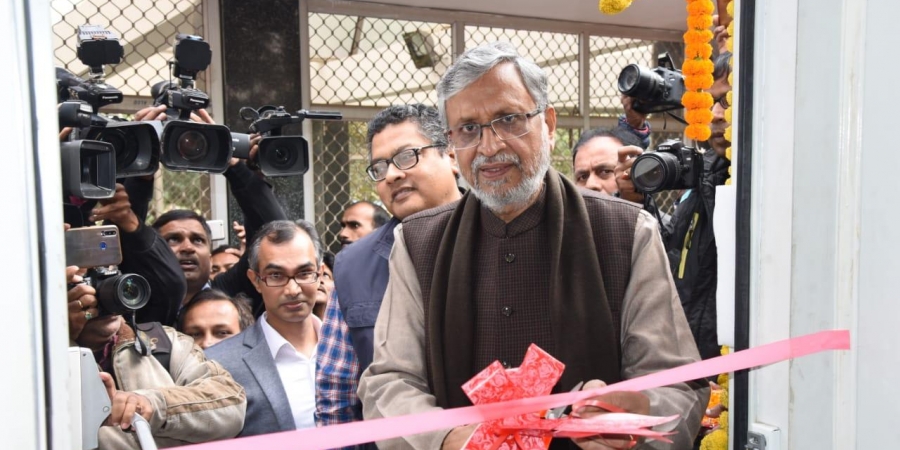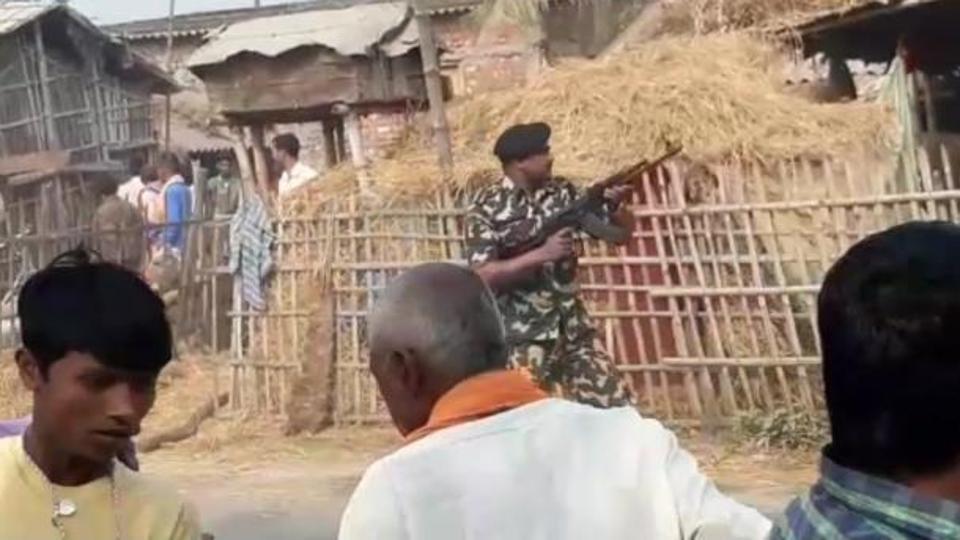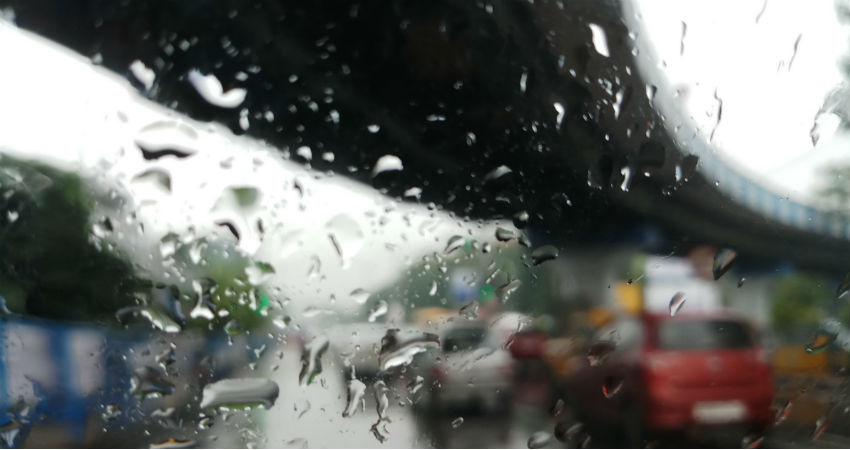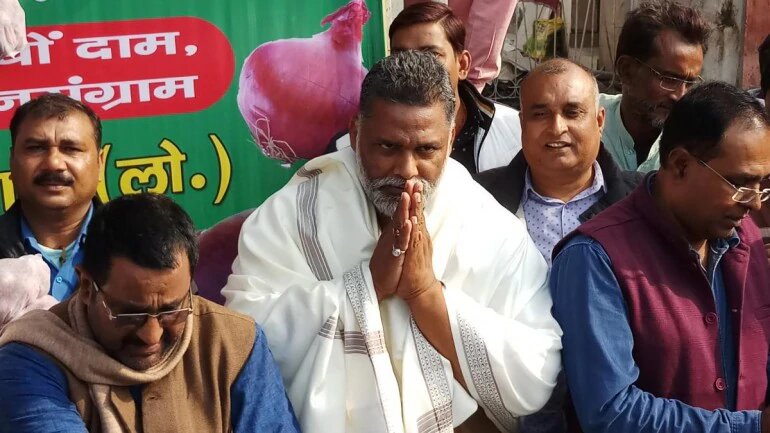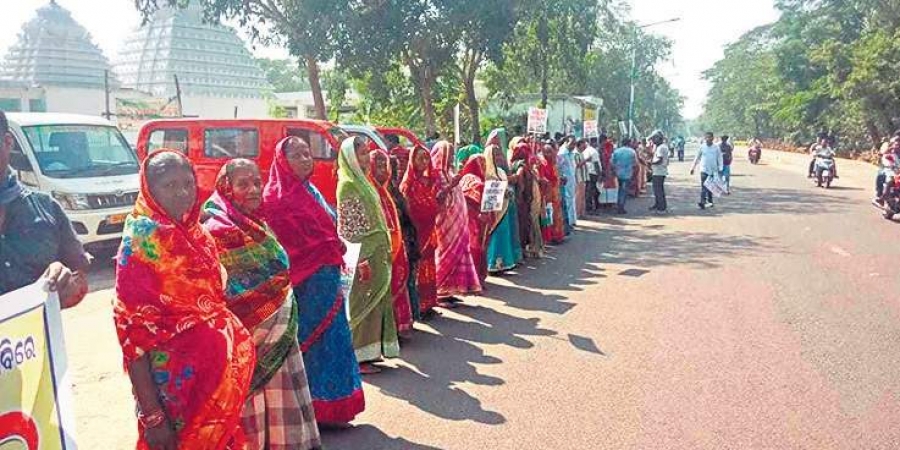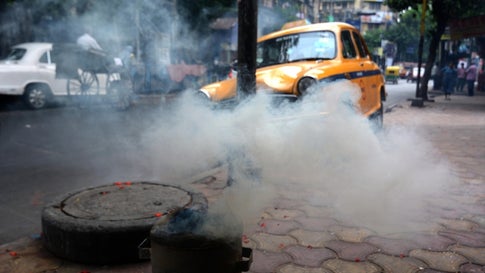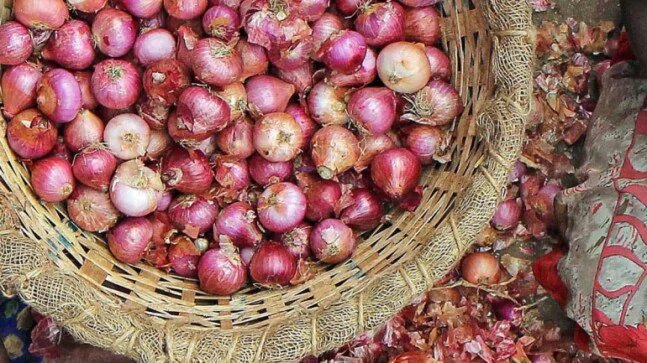Source – newindianexpress.com
PATNA: India’s and Asia’s first National Dolphin Research Centre (NDRC) will come up on the bank of the Ganges in the premises of Patna University.
Proposed in 2011 the project to set up the national dolphin research centre continued hanging in balance for next eight years, however, the state government has finally expedited the work
According to deputy chief minister of Bihar Sushil Kumar Modi, around 1,455 dolphins have been sighted during a survey conducted in 2018-19 in the river Ganga by the teams of experts.
“The state government is working hard to set up the national dolphin research centre in the premises of Patna University”, Modi said, adding that a 7 km long stretch between Sultanganj and Kahalgao in Bhagalpur district has already been declared as Vikram Sheela gangetic dolphin sanctuary.
The gangetic dolphin is India’s national aquatic animal but frequently falls prey to illegal poaching.
The presence of dolphins in the Ganga gives a sign of a healthy ecosystem because dolphins live at least in 5 ft to 8 ft deep water.
The gangetic dolphin has been declared an endangered aquatic animal and is one of the four freshwater dolphins species in the world as another three species are said to be found in the Yangtze River, the Indus River in Pakistan and the Amazon River globally.
The proposed NDRC in Patna would play a major role in facilitating deep and wide researches on the life cycle of dolphins and their behavioural significances in context with climate change.

